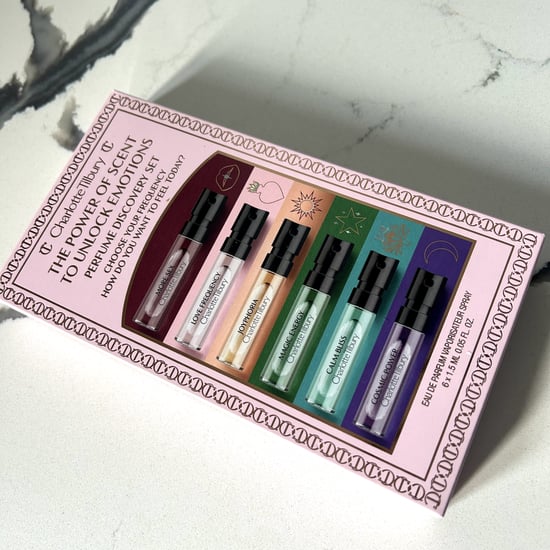CoolSculpting Side Effects: Paradoxical Adipose Hyperplasia
Linda Evangelista Was Left "Disfigured" After Experiencing a Rare Side Effect of CoolSculpting

Linda Evangelista recently opened up about her experience with a cosmetics procedure gone wrong. The '90s supermodel posted a letter on Instagram detailing complications she had following a nonsurgical CoolSculpting treatment, which has drummed up questions from people about its safety and side effects.
In her statement, Evangelista said she was left "disfigured" more than five years ago after a ZELTIQ Aesthetics CoolSculpting session that "did the opposite of what it promised," which is to shrink fat cells by freezing them through a process called cryolipolysis. Instead, Evangelista developed paradoxical adipose hyperplasia or PAH — a rare, delayed side effect of cryolipolysis that causes fat cells to grow.
Almost all cosmetic procedures, nonsurgical and surgical, come with their own risks that are (albeit rare) very possible. In Evangelista's case, she claims she wasn't made aware of the risks of CoolSculpting prior to undergoing the procedures, which is why on Sept. 21, she filed a lawsuit against ZELTIQ Aesthetics, Inc. "By doing so, Ms. Evangelista is standing up not only for herself but for others who have been similarly injured and ignored by ZELTIQ," said Evangelista's lawyer, Daniel Markham of Wrobel Marham LLP, in a formal statement sent to POPSUGAR.
Ahead, with the help of two doctors, we look deeper into the potential side effects of CoolSculpting and paradoxical adipose hyperplasia.
What Is Paradoxical Adipose Hyperplasia?
During a Coolsculpting procedure, "A device is adhered to the body and then a pair of cold paddles quickly freeze and destroy fat cells," Howard Sobel, MD, an NYC-based attending dermatologist at Lenox Hill Hospital, told POPSUGAR. "This is not a technique I utilise because it can create a demarcation, or intent, on the skin leaving an uneven, bumpy result. In a rare case such as Linda Evangelista, instead of minimizing fat cells, the procedure swelled them (called Paradoxical Adipose Hyperplasia), leaving her with painful, bumpy results and long-term complications."
According to a medical journal published on the condition, PAH is said to be a "rare, previously unreported side effect of cryolipolysis with an incidence of 0.0051%." In the case mentioned in the study, it caused "a rectangular, sharply marginated subcutaneous soft tissue mass" in the area of the treatment application. It most commonly occurs in men but "no single unifying risk factor has been identified."
Dr. Sobel said he's seen patients come into his practice with PAH that he's had to correct through a series of procedures, including liposuction. This is something board-certified dermatologist Bruce Katz, MD, of JUVA Skin and Laser Centre in NYC, has seen, as well. Dr. Katz believes the phenomenon to be more common than currently reported.
POPSUGAR has reached out to CoolSculpting for comment, but at the time of publishing, has not heard back. The website for the treatment currently lists "temporary redness, swelling, blanching, bruising, firmness, tingling, stinging, tenderness, cramping, aching, itching, or skin sensitivity" as the potential risks. It also states in rare cases it can "cause a visible enlargement in the treated area, which may develop two to five months after treatment and requires surgical intervention for correction," but Evangelista's team states that CoolSculpting fails to mention that risk upfront in its marketing material.






